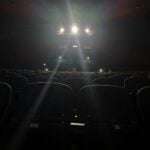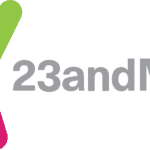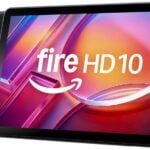iPhones have built-in microphones that can be used to measure sound levels. Several apps available in the App Store provide this functionality. iPhones equipped with iOS can measure sound levels in decibels (dB), providing insights into the surrounding noise environment and its potential impact on hearing health.
Here are three popular options:
Popular Apps To Measure Decibels On iPhone
NIOSH Sound Level Meter
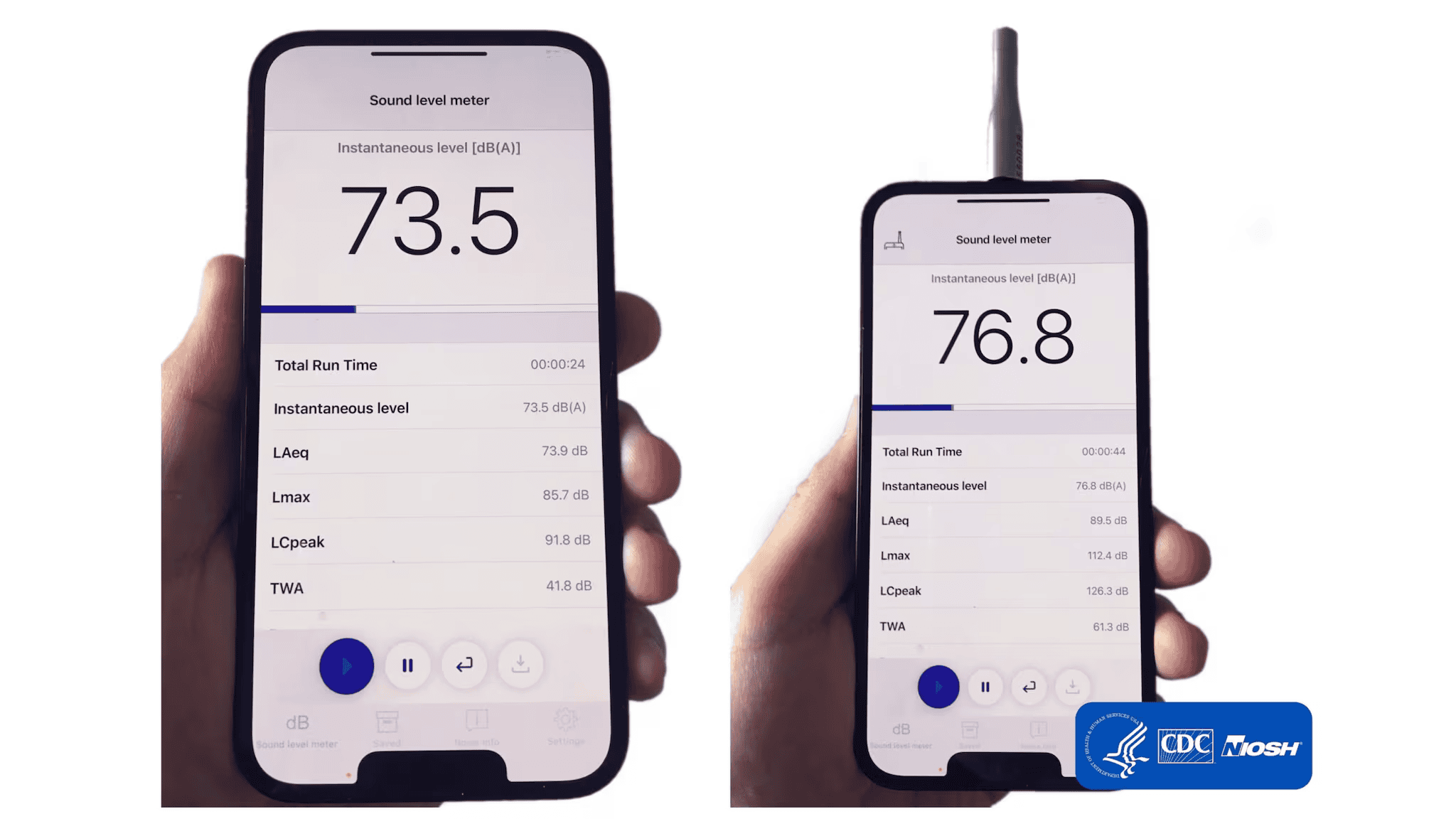
Developed by the National Institute for Occupational Safety and Health (NIOSH), this app is a free and reliable tool for measuring sound levels. It offers a simple interface and provides accurate readings in decibels (dB). The app also includes features like data logging and the ability to calibrate the microphone.
Decibel X
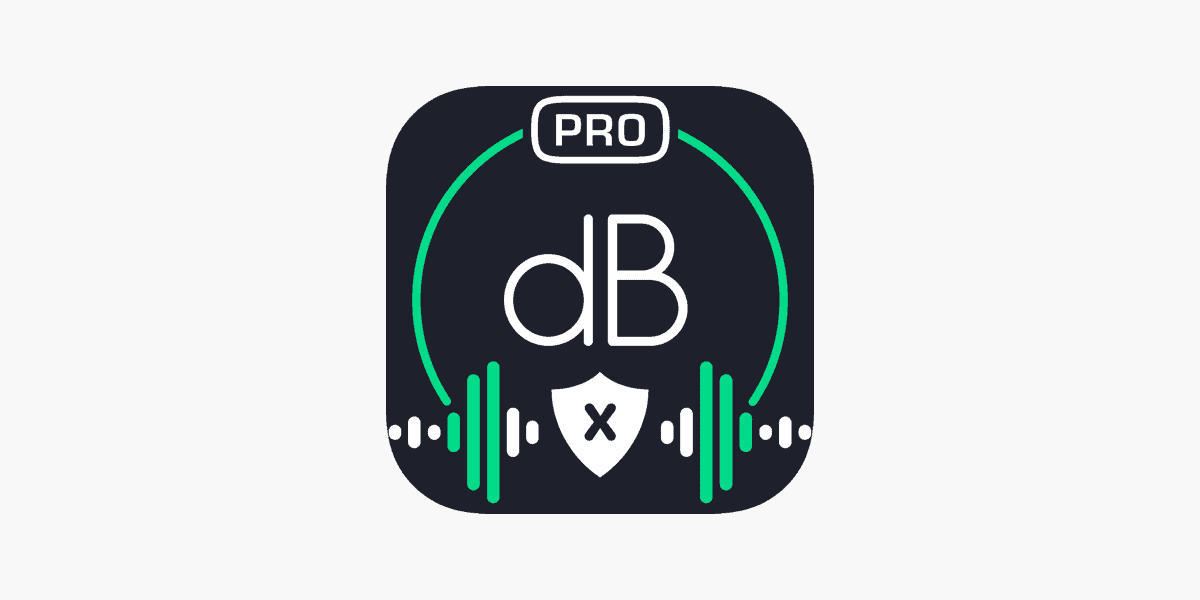
Decibel X is another popular choice for measuring sound levels on iPhones. It offers a professional-grade sound level meter with a user-friendly interface. The app provides accurate dB readings and includes features such as frequency weighting, data logging, and the ability to export data.
Sound Meter & Noise Detector
This app provides a simple and easy-to-use interface for measuring sound levels. It offers accurate dB readings and includes a visual display of the sound level. The app also includes features such as data logging and the ability to calibrate the microphone.
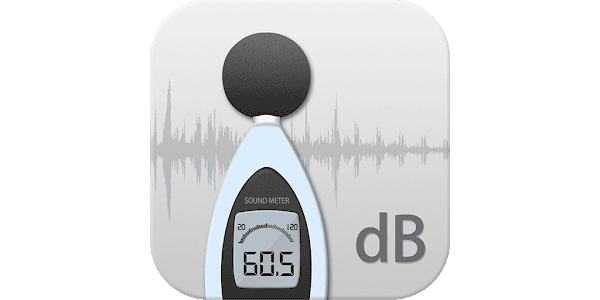
These are just a few of the many decibel meter apps available for iPhones. The best app for you will depend on your specific needs and preferences. Consider factors such as accuracy, features, and ease of use when choosing an app.
Remember: While these apps can provide accurate readings, they may not be as accurate as professional sound level meters. If you need precise measurements, consider using a dedicated device.
Measuring Sound with Your iPhone: Top Decibel Meter Apps
Popular Choices for Accurate Readings
- Decibel X: A professional-grade sound level meter app, Decibel X provides highly reliable measurements. It offers various features like frequency weighting and spectrum analysis. It’s available in both a free and a pro version, catering to casual and professional users alike.
- NIOSH Sound Level Meter: Developed by the National Institute for Occupational Safety and Health (NIOSH), this app accurately measures noise levels. It’s a valuable tool for assessing environmental noise and protecting your hearing.
- Decibel Pro: This free app measures ambient sound levels and includes a hearing test feature. It’s user-friendly and offers a clear display of sound levels.
Specialized Apps for Specific Needs
- Sound Meter HQ: If you’re looking for a straightforward and easy-to-use app, Sound Meter HQ might be the right choice. It provides accurate measurements and a simple interface.
- Too Noisy Pro: Designed for educators, this app helps monitor classroom noise levels. It provides visual and audio alerts to encourage a quieter learning environment.
Feature Comparison Table
| App Name | Price | Key Features |
|---|---|---|
| Decibel X | Free/Pro | Frequency weighting, spectrum analysis, data logging |
| NIOSH Sound Level Meter | Free | Occupational noise exposure assessment, dosimeter function |
| Decibel Pro | Free | Ambient sound measurement, hearing test |
| Sound Meter HQ | Free | Simple interface, accurate measurements |
| Too Noisy Pro | Paid | Classroom noise monitoring, visual and audio alerts |
Choosing the Right App for You
Consider these factors when selecting a decibel meter app:
- Accuracy: Look for apps that offer reliable and calibrated measurements.
- Features: Choose features that align with your needs, whether it’s basic sound level measurement or more advanced analysis tools.
- Price: Decide if you’re willing to pay for additional features or prefer a free option.
By considering these factors and exploring the options available, you can find the perfect decibel meter app to measure sound levels accurately and effectively.
Decibel Meter iPhone Apps: Compared
| App Name | Price | Key Features | Pros | Cons |
|---|---|---|---|---|
| Decibel X:dB Sound Level Meter | Free (Premium Features: $4.99) | Highly accurate measurements, Apple Watch support, frequency weighting filters, history export, Health App integration | Pre-calibrated for accuracy, comprehensive features, beautiful UI | Some premium features require purchase |
| Decibels: dB Sound Level Meter | Free (Pro Version: $1.99) | Basic noise measurements, chart recorder, different weighting settings | Simple interface, free basic features | Limited features in free version, some accuracy concerns reported |
| Decibel : dB sound level meter | Free (Pro Version: $3.99) | Real-time decibel display, hearing test, multiple weighting modes, data logging | Fast and simple interface, additional features in Pro version | Some users mention inconsistent readings, limited free features |
| SoundMeter | Free (Pro Version: $2.99) | Real-time measurements, history recording, CSV export, customizable calibration | Extensive data management, frequent updates | Some features require Pro version, ads in free version |
| Noise Meter Pro | Free (Pro Features: $2.99) | Basic noise measurement, history log, adjustable calibration | Straightforward interface, free basic functionality | Limited features compared to others, some reported crashes |
Additional Considerations:
- Accuracy: While most apps claim to be accurate, some are pre-calibrated for better results. Consider reviews and testing comparisons for the most reliable option.
- Features: Decide which features are important to you, such as different weighting scales, data logging, and export options.
- Price: Some apps are free with basic features, while others offer premium versions with additional functionality. Choose based on your needs and budget.
- User Interface: Look for an app with a clear and easy-to-use interface, especially if you plan to use it frequently.
Understanding Decibel Measurement on iPhone
Principles of Sound Measurement
Sound level measurement on the iPhone uses the built-in microphones to capture audio and quantify its pressure in terms of sound pressure level (SPL). Decibel meter apps utilize this functionality to display real-time sound levels. Measured in decibels, these readings help determine the loudness of an environment. Decibel levels are calculated using a logarithmic scale; therefore, an increase of 10 dB represents a tenfold increase in sound energy. Typical day-to-day noise levels—like conversation or household appliances—usually hover around 70 dB.
Decibel Levels and Health Impact
Noise-induced hearing loss can be a consequence of exposure to high decibel levels over time. OSHA stipulates that continuous exposure to 85 dB can potentially cause damage. This threshold highlights the importance of ear protection in loud environments, such as construction sites or amidst heavy machinery. iPhone applications that measure sound can promptly inform users if the noise exceeds safe levels, prompting them to take protective steps like using hearing protection. It is vital to acknowledge that prolonged exposure to noise levels above 70 dB can lead to hearing complications, and sounds above 120 dB can cause immediate harm.
Using an iPhone to measure decibels is a practical way to assess noise levels on-the-go and a first step in hearing health awareness, providing the user with valuable data to make informed decisions about necessary hearing protection.
Decibel Meter iPhone Apps
When looking for a decibel meter app for iPhone, users have a variety of options that differ in features, functionality, and precision.
Features and Functionality
Decibel meter iPhone apps come packed with a range of features aimed at measuring sound levels effectively. For instance, Decibel X stands out as a robust choice, transforming an iPhone into a professional sound level meter. With this app, users can easily detect harmful environmental noises, which can be crucial for protecting one’s hearing. Meanwhile, Decibel Meter Pro offers an impressive suite of features including a noise dosimeter, Hearing test, and a built-in Spectrum Analyzer with RTA, FFT, and Spectrogram for a deeper analysis of sound patterns.
- Key Features at a Glance:
- Real-time Sound Level Meter
- Integrated Hearing Test
- Noise Exposure Measurement (Dosimeter)
- Advanced Analytic Tools (Spectrum Analyzer, RTA, FFT & Spectrogram)
Additionally, the NIOSH Sound Level Meter app, which is a free app and praised for simplicity and utility, is developed by acoustics engineers and provides no-cost access without in-app purchases or ads. These apps often have settings tweaked for iOS optimization, offering a user-friendly interface that interfaces seamlessly with iPhone’s built-in mic.
Accuracy and Calibration
Accuracy is key in sound measurement, and iPhone apps for decibel metering take this seriously. It’s crucial that the microphone of the iPhone is used effectively to gather accurate data. Certain apps like Decibel X boast highly reliable and pre-calibrated measurements which are in line with professional sound level meters. Proper calibration ensures that the volume and sound data collected reflects true environmental noise levels.
Apps like the NIOSH Sound Level Meter are designed with expert input to ensure they meet certain standards of accuracy. However, it’s important to note that while these apps provide a good estimation of sound level, they may not replace professional-grade equipment in critical situations.
- Factors Influencing Accuracy:
- Pre-calibrated microphones
- Design and expertise behind app development
- Compatibility with iPhone’s hardware
Although app privacy is an important consideration, it doesn’t directly affect the functional accuracy of decibel meter apps. It’s essential for users to check privacy settings and allow microphone access for these apps to function.
In sum, while these apps are tailored to the iOS system, and some even extend their capabilities to the Apple Watch, they are designed to turn the iPhone into a handy and efficient sound metering device.
Usage and Considerations
When examining the role of iPhones as decibel meters, it’s clear they serve as practical tools for monitoring environmental noise levels. Their integration with health and privacy considerations adds an additional layer of importance for users.
Daily Monitoring and Health Integration
For people routinely exposed to loud environments, like rock concerts or construction sites, iPhones and Apple Watches can actively monitor noise levels to protect hearing health. Users can review daily or monthly charts of exposure to ensure they stay within safe noise thresholds. Specifically, the Health app can track audio levels from headphones and send notifications if they reach levels that may impact hearing, which is particularly critical for children who are more susceptible to hearing damage.
Privacy and Legal Compliance
With any app or feature that uses a device’s microphone, privacy becomes a central concern. Apple devices that measure decibel levels operate under a privacy policy that must comply with legal standards. This ensures that noises captured by the microphone are only used to assess sound levels and not for other purposes. The Noise app available on the Apple Watch also shares data with the iPhone and iPad, safeguarding user privacy through encrypted systems that follow Apple’s strict privacy guidelines.
Frequently Asked Questions
When it comes to decibel meter apps for your iPhone, you probably have a few questions. This section covers the most common inquiries, helping you understand app accuracy, usage, features to look for, and data logging capabilities. Let’s get into the details.
What are the best free decibel meter apps for iPhone?
Several apps allow users to measure noise levels without any cost. The NIOSH Sound Level Meter app stands out due to its development by a reliable source, the CDC, and combines features of professional sound meters in an easy-to-use interface.
How accurate are iPhone apps for measuring decibels?
The accuracy of iPhone decibel meter apps can vary. Apps like the SoundMeter have been compared favorably with professional equipment when tested, but environmental factors and microphone limitations can affect readings.
How can I use my iPhone to measure noise levels?
To measure noise levels, go to the control center in your iPhone settings and add the Hearing control. Connect your headphones, and your iPhone will display the noise level in real-time when you’re in a loud environment.
What features should I look for in a decibel meter app on the iPhone?
Look for apps that allow calibration for more precise measurements and offer a range of measurement modes. A good decibel meter app may also integrate with health data to monitor auditory exposure over time.
Are there any decibel meter apps for iPhone that also provide data logging?
Yes, some apps like Decibel Meter Pro include the ability to log data. This enables you to save location data and times of measurement, aiding in exposure tracking and analysis.
Can iPhone decibel meter apps measure very low or very high noise levels effectively?
Most iPhone decibel meter apps are optimized for certain noise level ranges. They may not be as effective in measuring extremely low or high noise levels due to the limitations of the built-in microphone. For the most accurate readings across a wide range of noise levels, external professional-grade microphones are recommended.


